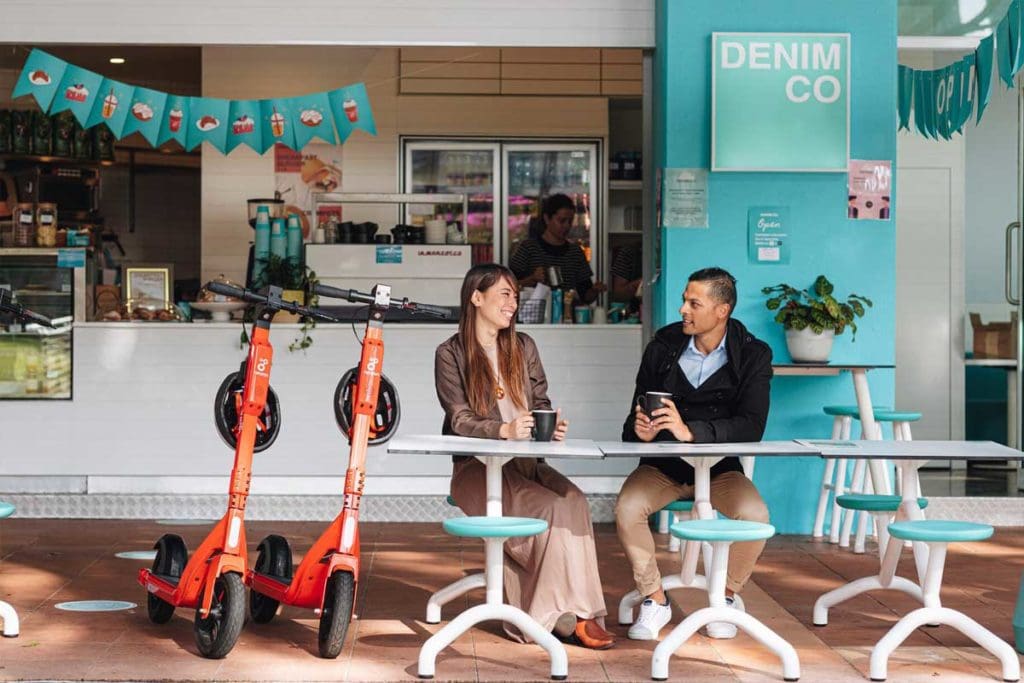Neuron Study Shows Financial Boost Nears Half a Billion Dollars

Melbourne, Victoria
New research from e-scooter operator Neuron Mobility has found its riders injected a total of $448 million into the Australian economy.
The study, released last week, revealed each of the company’s rental e-scooters contributed an average of $70,000 to local economies.
That amounted to a total of $448 million in the 12 locations where Neuron operates e-scooters in Australia, including Adelaide, Ballarat, Brisbane, Bundaberg, Canberra, Darwin, Hobart, Launceston, Melbourne, Perth, Rockhampton and Townsville.
This year’s research, entitled Shared Rides, Shared Wealth, delved deeper into the statistics to show riders spent an average of $65 per trip.
Two-thirds of e-scooter journeys in Australia result in a purchase from a local business, and 10% of trips wouldn’t have happened at all if the e-scooters weren’t available.
Asked where they spend money during their e-scooter trips, 34% of respondents said they made purchases at shopping venues, 45% at a restaurant or cafe, and 17% at a leisure and recreational venue like the gym or local event.
Neuron’s Neighbourhood Connect program supports local businesses through in-app promotions, designated parking locations and rider rewards.
Most riders said they used e-scooters to explore their cities (73%), while many also made purposeful journeys like commuting to work or study (37%), running errands such as shopping (28%) and getting to appointments (22%).
Research from Griffith University, conducted in partnership with Neuron Mobility in Townsville, also supports the economic benefits e-scooters are bringing to cities, finding that tourists who use e-scooters visit more local attractions and spend more money. The most avid e-scooter riders, who were in the top third of users by distance travelled, spent 42% more per day than the least active users in the bottom third.
In Australia, e-scooters are proving to be an essential part of the transport mix, serving as a first- and last-mile solution to fill gaps in the city’s wider public transport network. By running 24/7, they are also helping to boost the night-time economy and support night-shift workers. One example showed 24% of trips starting and ending at Royal Adelaide Hospital were happening between 10pm and 6am.
